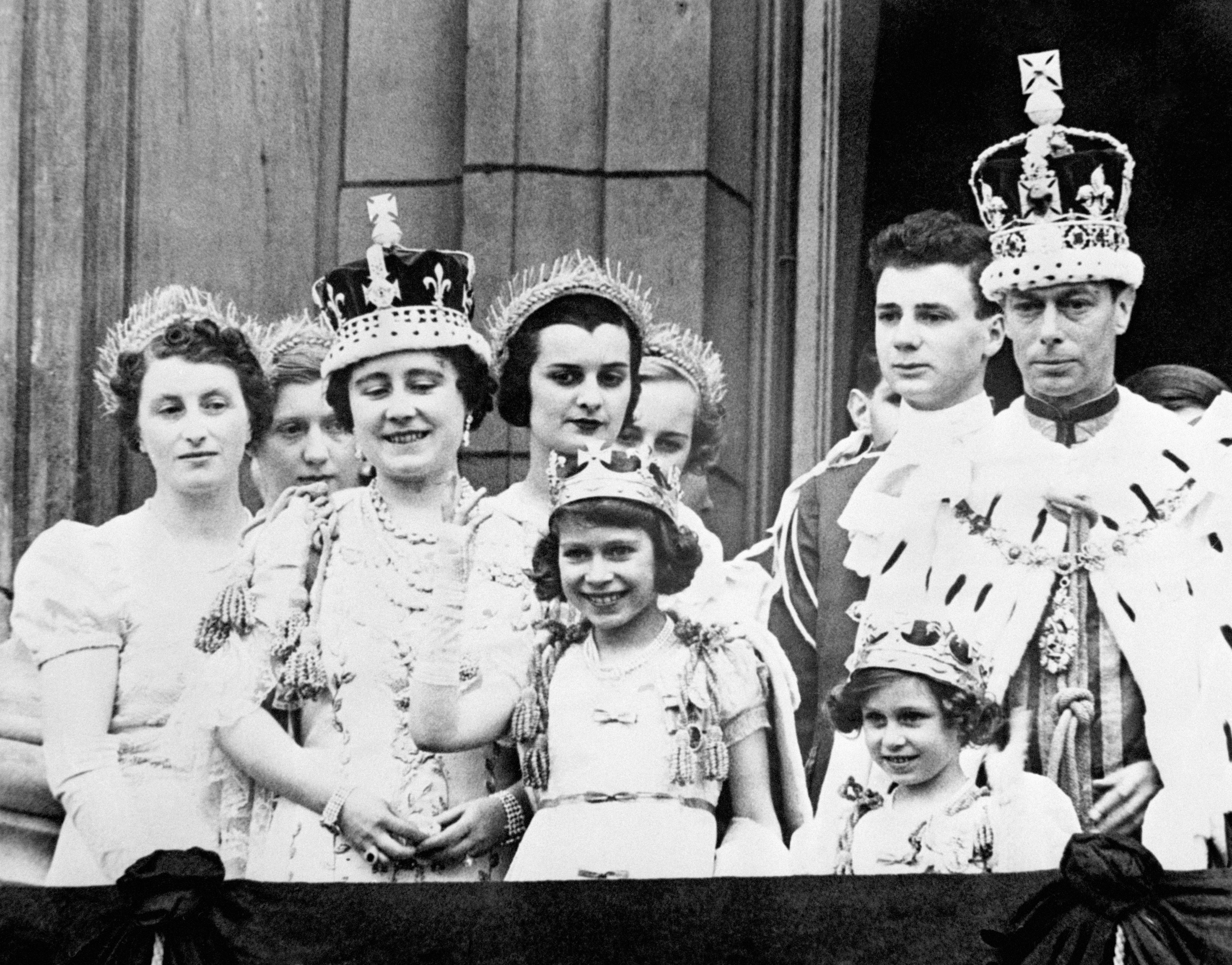How reluctant King George VI died of lung cancer aged just 56
King George VI was a heavy smoke; but his lung cancer diagnosis was left out of the announcement of his death

King George VI died suddenly in his sleep on 6 February 1952 after 16 years on the throne following his brother’s abdication in December 1936.
An official statement published later claimed the cause of death was coronary thrombosis - but the king was a known heavy smoker who had suffered from lung cancer.
The official statement said: “The King was found dead in bed at Sandringham House in Norfolk, on the morning of 6 February.
“He had died from a coronary thrombosis – a blocking of blood flow to the heart – as a result of a blood clot in an artery – in his sleep.
“The tea was never drunk: a blood clot had stilled George VI’s valiant heart as he slept.”
The reluctant monarch is rumoured to have begun smoking when he was 16. He allegedly smoked at least a couple of packets of cigarettes a day for four decades.
The King’s health had begun to deteriorate by 1948. He had been suffering from pains in his leg for some time and was diagnosed as having arteriosclerosis.
There was some danger that gangrene would set in and that his right leg would have to be amputated.
In March 1949, he underwent surgery but, after a period of recovery, a shadow was detected on the King’s lung in May 1951. In September, a malignant growth was discovered.
A bulletin on the King’s health posted on the gates of Buckingham Palace in September 1951 described his postoperative state as “satisfactory”.
According to the BBC’s report that day, “The decision to operate was taken on Friday after doctors noticed ‘structural changes’ in the King’s lung, which were giving cause for concern.”
The King was not informed of this diagnosis but an operation was performed to remove his left lung.
The King rallied and seemed to recover. But, finally, he let go of life and died peacefully in his sleep at Sandringham, the royal estate in Norfolk, on February 6.
Prime minister Winston Churchill told the House of Commons: “During these last months, the King walked with death, as if death were a companion, an acquaintance whom he recognised and did not fear.”
A young princess Elizabeth was 4,000 miles away in Kenya when she was told the news that her father had died.
It was the Duke of Edinburgh who broke the sad news to his wife while they were alone, taking her into the garden to tell her as they walked slowly up and down the lawn.
Join our commenting forum
Join thought-provoking conversations, follow other Independent readers and see their replies
Comments
Bookmark popover
Removed from bookmarks